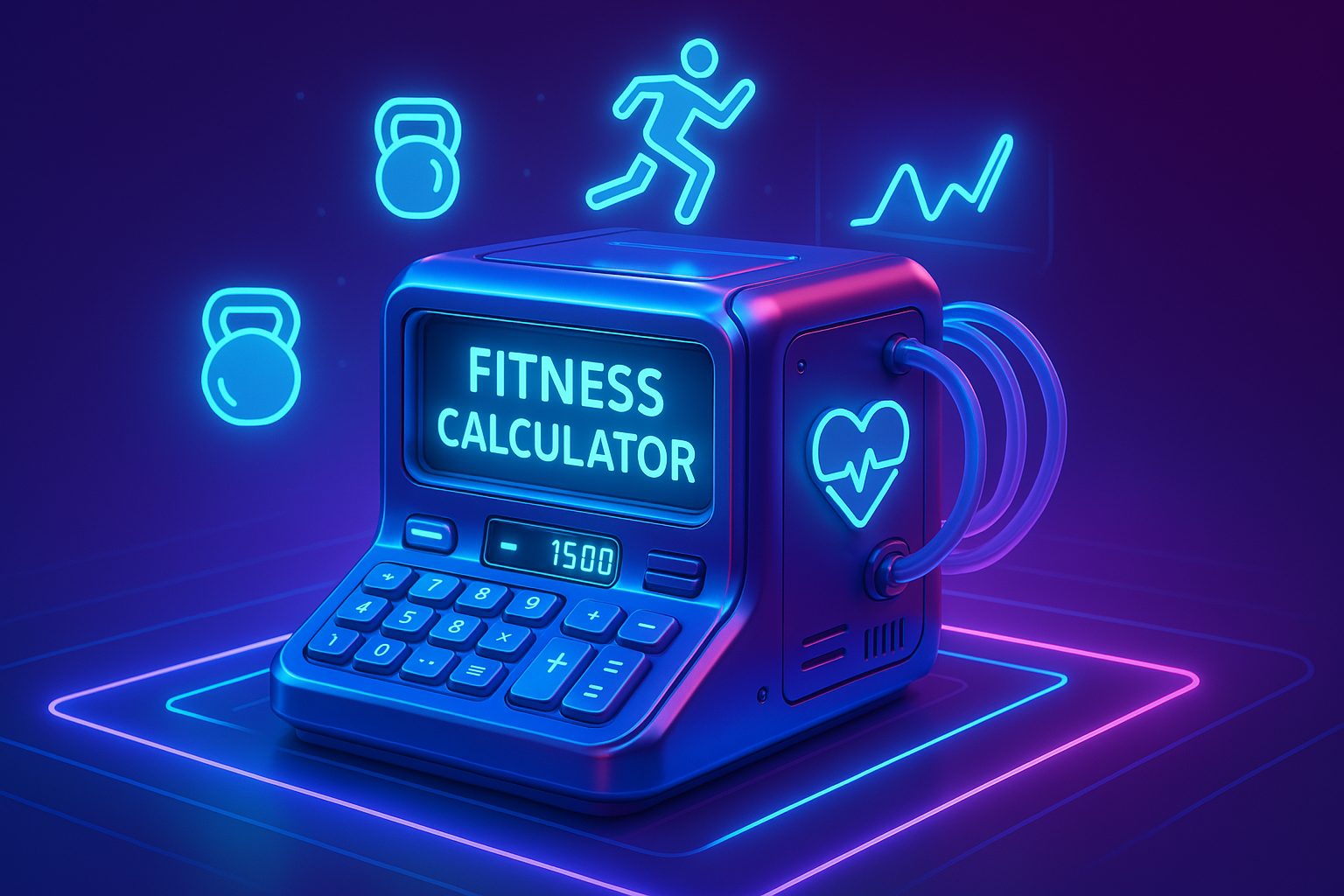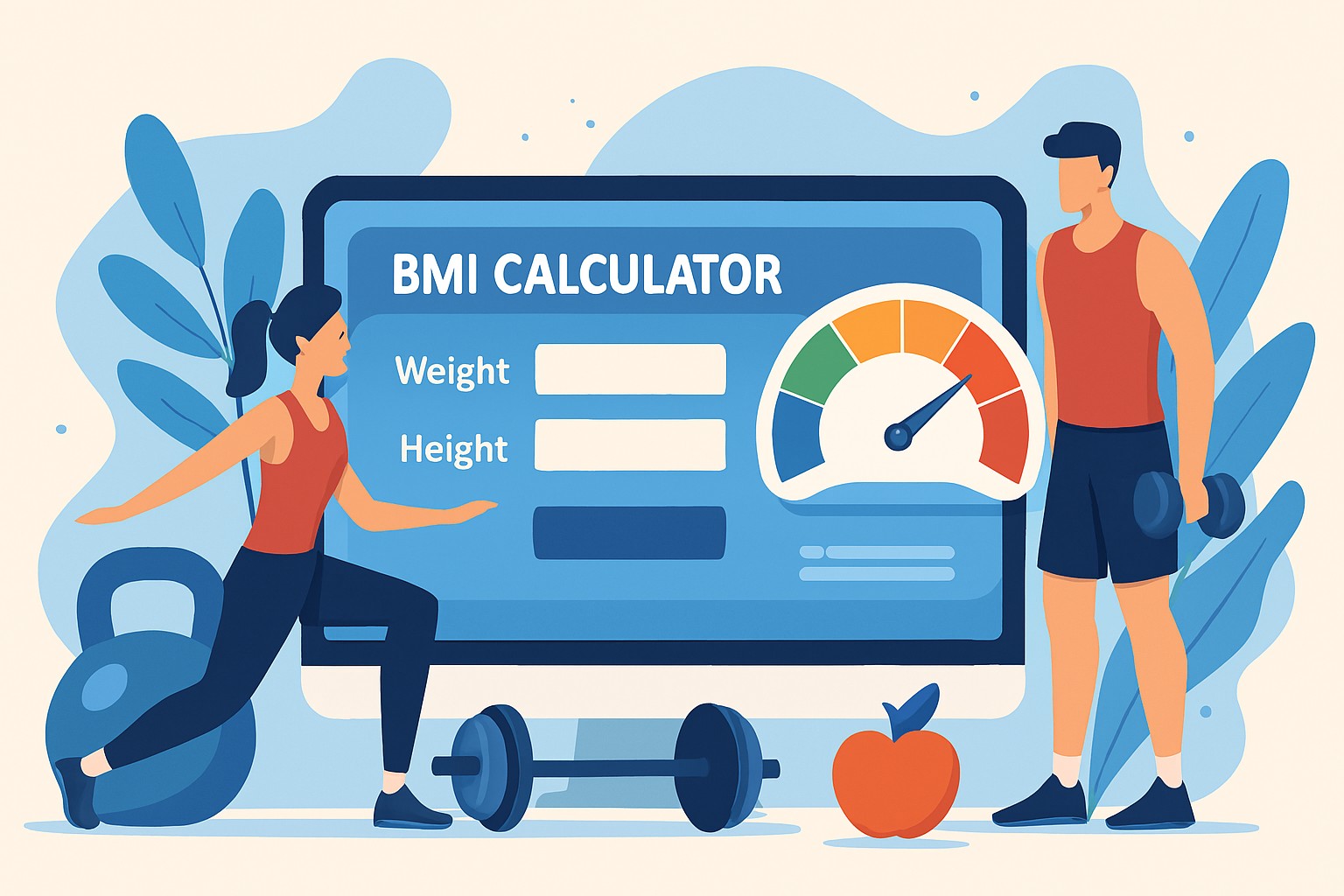Finding Your Stride with the Running Cadence Calculator
Running is one of the most accessible and effective forms of exercise, offering numerous physical and mental benefits. However, improving your performance requires more than just putting in the miles. It involves paying attention to various elements of running technique and efficiency. One such critical element is cadence—the number of steps you take per minute while running. Whether you’re training for a race or aiming to improve your overall running efficiency, understanding and optimizing your running cadence can be a game-changer.
The running cadence calculator is a powerful tool designed to help you measure and adjust your cadence, ensuring that you’re running with optimal efficiency. In this article, we will explore what running cadence is, how it’s calculated, and how the running cadence calculator can help you achieve your running goals. Whether you’re a beginner runner or a seasoned marathoner, this guide will equip you with the knowledge to unlock your full running potential.
Running Cadence Calculator
What is Running Cadence?
Running cadence, also known as stride rate, refers to the number of steps you take per minute while running. It’s a key component of running form and can significantly influence your performance and injury risk. By understanding and improving your cadence, you can run more efficiently, reduce fatigue, and minimize the risk of injury.
In simple terms, cadence is the rhythm of your steps. Just like a musician finds their rhythm to create a melody, a runner can find their cadence to maintain a smooth, efficient pace. It’s essential to recognize that cadence is closely tied to running form—how your body moves with each stride. A higher cadence can indicate that your strides are shorter and quicker, while a lower cadence often means longer, slower strides.
The optimal cadence for a runner depends on various factors, including running distance, speed, and individual body mechanics. Research suggests that a cadence between 170-190 steps per minute (spm) is ideal for most runners, although this range can vary depending on the runner’s experience, fitness level, and running goals.
A running cadence calculator can help you determine your ideal cadence based on your unique attributes, allowing you to improve your performance while avoiding common running injuries such as shin splints, IT band syndrome, and stress fractures. Understanding cadence is also vital for energy conservation—by maintaining an efficient stride, you can reduce the energy cost of running and improve endurance.
How is Running Cadence Calculated?
Running cadence is calculated by counting the number of steps you take in a given period of time, usually per minute. The calculation process is simple but essential for understanding your stride efficiency. Here’s how it’s done:
Step 1: Counting Your Steps
The first step in calculating your running cadence is to count the number of steps you take while running. This can be done manually, but it’s easier to use technology such as a running watch or a cadence sensor. For accuracy, you should count your steps for a full minute, but if you’re using a shorter time frame, you can multiply the step count for that period to estimate your cadence per minute.
For example, if you count the number of steps you take over a 30-second period, you can multiply that number by 2 to get your cadence per minute. Alternatively, modern fitness trackers and running apps often track cadence automatically, giving you real-time data about your stride rate.
Step 2: Considering Both Feet
When calculating cadence, it’s important to remember that cadence refers to the total number of steps taken by both feet. So, if you’re counting the steps with one foot, be sure to double that number to account for both feet. This ensures you’re calculating the total steps per minute, not just one leg’s stride.
For example, if you’re running and counting how many times your right foot strikes the ground within a minute, you’ll need to multiply that by 2 to find your full cadence (right and left foot together). A simple way to do this is by using a cadence sensor, which will track both feet automatically.
Step 3: Evaluating Your Cadence
Once you’ve counted your steps and calculated your cadence, it’s time to assess it. Is it within the optimal range for your running type? If your cadence is too low, it might indicate that you’re overstriding, which can lead to inefficiency and increase your risk of injury. If your cadence is too high, it could suggest that you’re running with quick, choppy steps, which might tire you out faster and reduce your running efficiency.
The ideal cadence varies by runner, but most experts recommend a cadence between 170-190 spm for most runners. However, it’s essential to remember that this range can vary depending on individual factors, such as the terrain you’re running on, the distance of your run, and your fitness level.
Step 4: Adjusting Your Cadence
If your cadence is outside the ideal range, there are several ways to adjust it. The key to optimizing your cadence is gradually increasing or decreasing your stride rate. This is where the running cadence calculator comes in. It can help you identify if your cadence is too low or too high and guide you on how to adjust your stride rate for improved performance.
For example, if you find that your cadence is on the lower side, the calculator might suggest increasing your step frequency by taking more rapid, shorter steps. On the other hand, if your cadence is too high, the calculator might suggest lengthening your stride slightly while maintaining a quick rhythm.
Why is the Running Cadence Calculator Important?
The running cadence calculator is an invaluable tool for any runner looking to enhance their performance, prevent injury, and optimize efficiency. Here’s why it’s essential to incorporate the calculator into your training:
Running with an optimal cadence helps reduce the energy cost of running. When your cadence is too slow, it often means that you’re overstriding, which can lead to wasted energy with each step. A more efficient stride, with an ideal cadence, conserves energy and helps you maintain a faster pace with less effort.
A running cadence calculator helps you find the right balance between stride length and step frequency, enabling you to run more efficiently and improve your overall performance.
One of the most significant benefits of using a running cadence calculator is injury prevention. Overstriding, which occurs when your cadence is too low, can lead to a host of injuries, including shin splints, stress fractures, and joint pain. Running with a cadence that is too fast can also lead to inefficiency and fatigue.
By helping you optimize your cadence, the calculator ensures that you’re running in a way that minimizes the risk of injury. It can guide you toward the optimal cadence range for your body and help you identify potential issues in your running form before they become serious problems.
As you continue to train and improve your running form, the running cadence calculator helps track your progress. Over time, you’ll likely find that your cadence becomes more consistent, and you’ll be able to run with better efficiency. The calculator helps you measure improvements in real-time, allowing you to see how small adjustments to your stride and cadence result in better performance and fewer injuries.
Each runner is different, and what works for one athlete may not work for another. The running cadence calculator takes your specific running form, fitness level, and goals into account. Whether you’re a sprinter, marathoner, or recreational runner, the calculator provides personalized feedback and recommendations to help you improve your cadence and overall running technique.
By optimizing your cadence, you’ll find that you’re able to run faster and longer without exhausting yourself as quickly. An ideal cadence promotes better muscle efficiency, helping you conserve energy and improve endurance. Whether you’re running sprints or tackling a long-distance race, the right cadence can make all the difference in your performance.
How to Use the Running Cadence Calculator Effectively
To get the most out of your running cadence calculator, you need to use it effectively. Here are a few tips for incorporating it into your training:
It’s important to track your cadence consistently to ensure that you’re on the right track. Use the calculator after each run to assess your cadence and check if it aligns with your goals. Over time, you’ll develop a better sense of how your cadence affects your performance and make the necessary adjustments to improve your running efficiency.
The running cadence calculator can help you set realistic cadence-related goals. Whether you want to increase your cadence gradually over time or maintain a consistent cadence during long runs, the calculator provides the data you need to track your progress. Setting cadence-related goals can also help you improve your form and reduce fatigue during races.
If the calculator indicates that your cadence is too low or too high, make gradual adjustments over time. Don’t attempt to change your cadence drastically in a short period. Small, incremental changes will help you build a more sustainable running technique without overwhelming your body.
The running cadence calculator is just one part of improving your running technique. Pay attention to other aspects of your form, such as posture, foot strike, and arm swing. Combining optimal cadence with excellent form ensures that you’re running with maximum efficiency, which will lead to better performance and fewer injuries.
The Running Cadence Calculator
The running cadence calculator is a powerful tool that can transform your running experience. By optimizing your cadence, you can enhance your running efficiency, prevent injuries, and improve your overall performance. Whether you’re training for a race or aiming to improve your fitness, understanding your cadence and using the calculator to make adjustments can take your running to the next level.
With consistent use of the running cadence calculator, you’ll become more in tune with your body, develop better running habits, and achieve faster times with less effort. Embrace the power of cadence, and start using the running cadence calculator today to unlock your full running potential.




